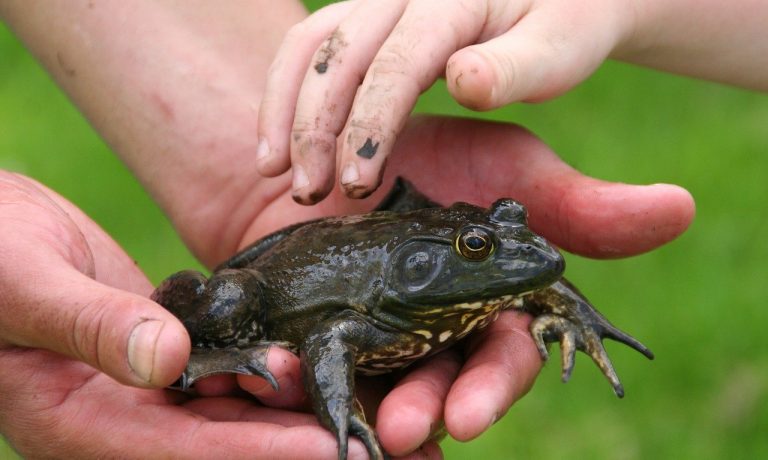Share this post:
Like every other parent, you want your child to learn and do well in school. But don’t be fooled into thinking that learning only happens in the classroom.
In fact, with almost everything your child does, she is learning – absorbing new ideas and information unconsciously.
To help nudge that process along, try some of these 17 enjoyable activities that research shows can enhance learning, yet don’t require a lot of time, money, or a teaching degree.
Each of the activities also act as natural supports for STEM (Science, Technology, Engineering, and Math) subjects, which are critical for 21st Century jobs.
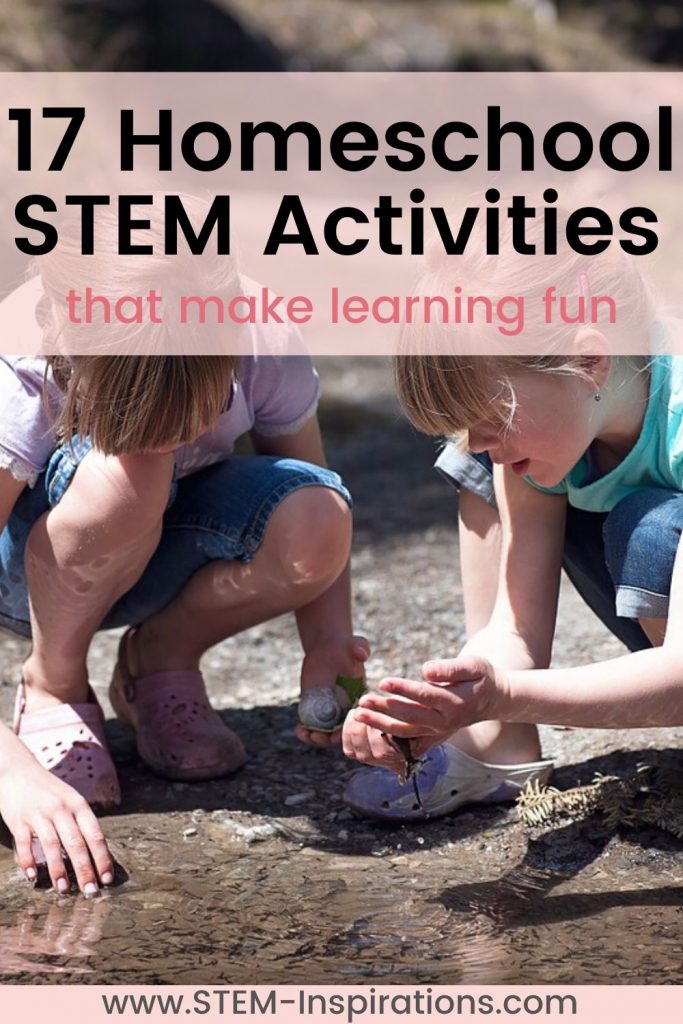
We’re not talking about homework or school curriculum, although that is important. The 17 simple ideas in this post are aimed at building up your child’s capacity and desire to learn.
Then, when he is in school, he will learn faster and better – and have much more fun.
That’s right. As much as possible when kids are not in school, try to MAKE LEARNING FUN. And remember, fun doesn’t necessarily mean EASY.

You know yourself that if you’re excited about a hobby – let’s say, Cubs baseball or Cricut patterns or diamond painting – you want to learn EVERYTHING you can about that hobby.
Your child is the same way.
Help your child discover natural interests
Children are naturally curious about all the new things they encounter in the world. And just like adults they develop preferences for certain hobbies, activities, etc.
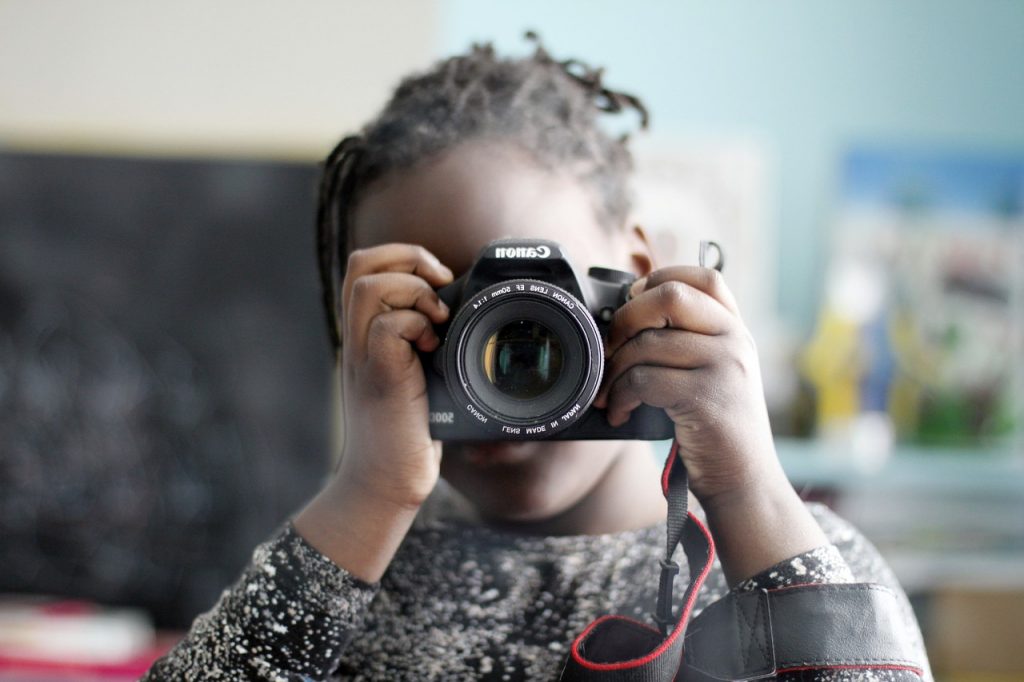
Take your cues from your child – introduce new ideas and activities one at a time and see what sparks his interest or what she is naturally good at. Later you can help her start to dig deeper with books, videos, or classes.
But don’t be upset if a long-standing interest seems to fade and new ones take its place. This is all part of growing as a person.
For example, at age 12, my ballet teacher was impressed with my skill and invited me to join a pointe class. But even at that age, I realized that dance was not in my future (maybe due to the fact that I was so tall!).
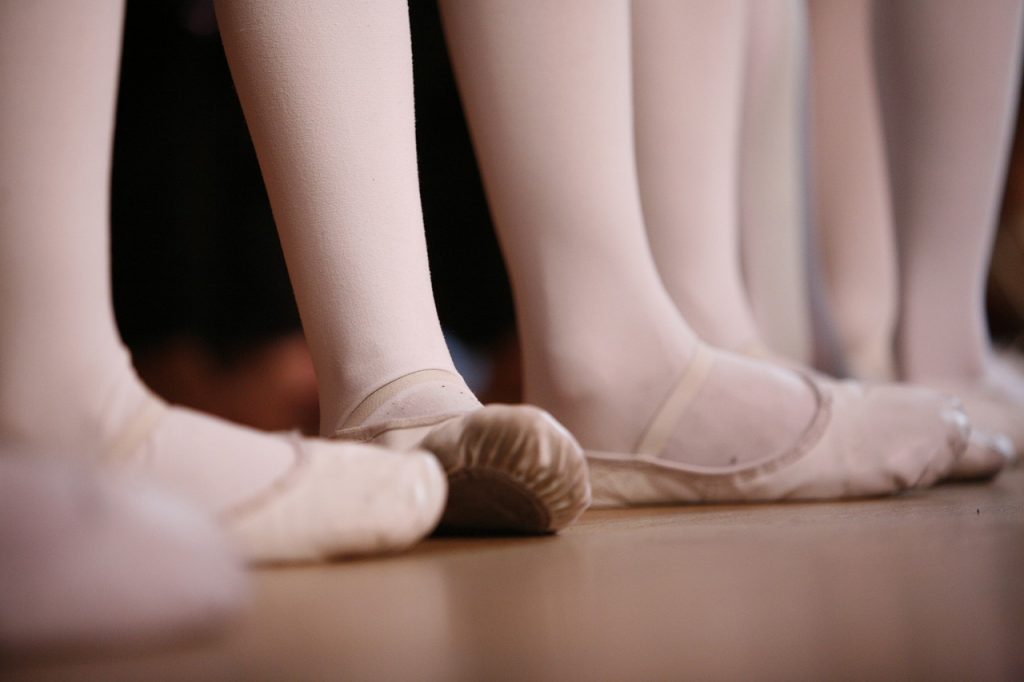
My next hobby was growing aquarium fish, and after that it was art lessons.
Build brain connections
With each new interest, your child is adding to a base of knowledge that helps him contextualize all future learning.
In other words, he is building a framework in which to store new facts and ideas in relation to what he already knows. And in the process, he is developing actual brain connections that can improve his memory and focus, while also helping him regulate his emotions and make good decisions.
Not a waste of time
These 17 fun activities are not just supplements to educational curriculum. They provide enrichment beyond the 3R’s that can make all the difference when it comes time for academics.
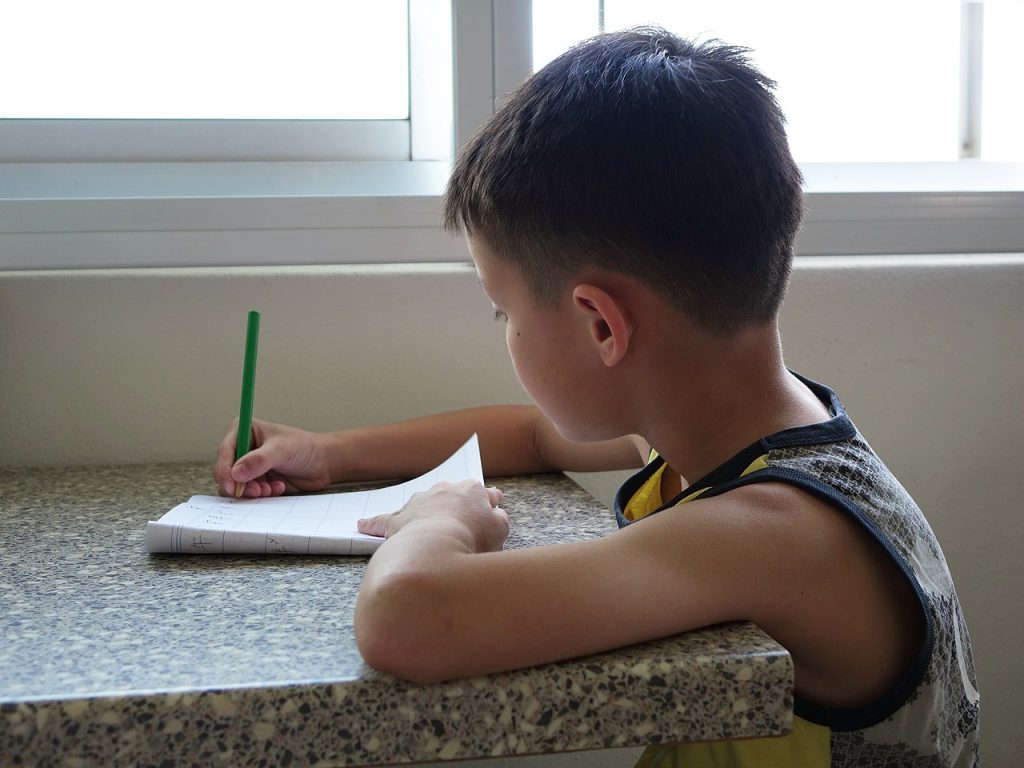
You may already be practicing many of these activities in your home.
Take time to recognize their importance in not only helping your child learn better, but also in helping him develop and grow in a multitude of other important ways.
Each of these low-tech activities can be adapted to children of any age, from toddler through high school.
Then, when you find an activity that your child enjoys, you can repeat it from year to year, all the while deepening his knowledge base and enhancing her capacity and desire to learn.
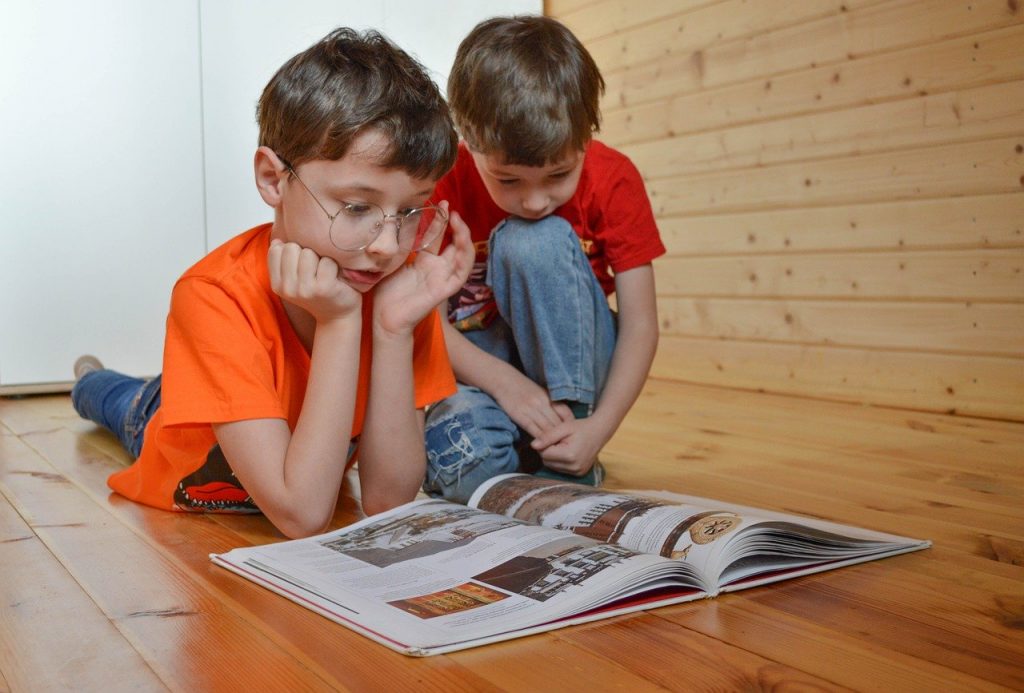
As a parent, you have an amazing opportunity to enhance your child’s future by helping him become a better learner with these simple and free or low-cost activities.
Remember: Always use a light touch—you don’t want to ruin the fun of learning!
17 simple ways to help your child learn better—which ones are you already using?
1. Talking

Young children love to hear your voice, perhaps because they first learned to talk by listening to you. Some research suggests that the more words a child hears, the better they will learn in school.
Kids are curious and full of questions. And they can learn so much when you engage them with questions of your own.
As you talk, help them develop their vocabulary by using specific or descriptive terms, for example, “redbud,” instead of “tree,” or “yellow lab,” instead of “dog.”
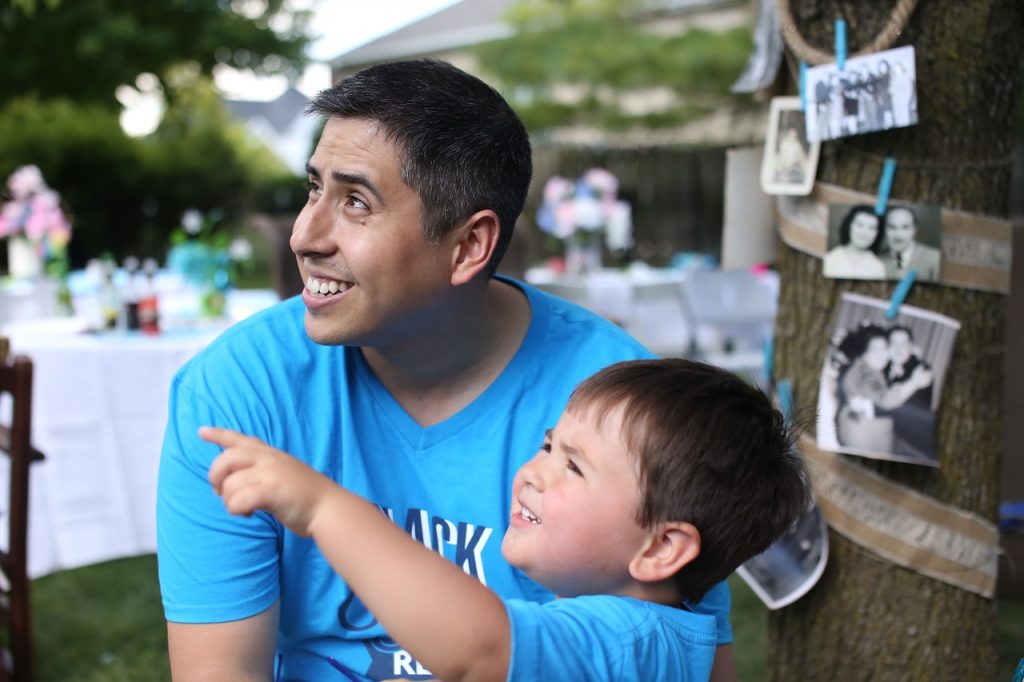
Share your thoughts with them, too. What are YOUR interests, hobbies, and activities? Why do you enjoy them? Discuss your work and ask them what type of career they might like to have. Be open about what you believe matters in life.
Tell funny stories about your family, friends and pets growing up – just keep it light and watch for their reactions so that you don’t overdo it. This important activity is not only free but takes up no additional time out of your busy day.
2. Learning a new language

If someone in your child’s life speaks a different language, be sure to give him the opportunity to listen, learn and speak in that language – the younger the better!
Speaking a second language is proven to enhance memory, creativity and spatial reasoning (more on that later), which can all boost his ability to learn.
Libraries offer wonderful language learning videos for free, and many online sources are available as well.
3. Building toys
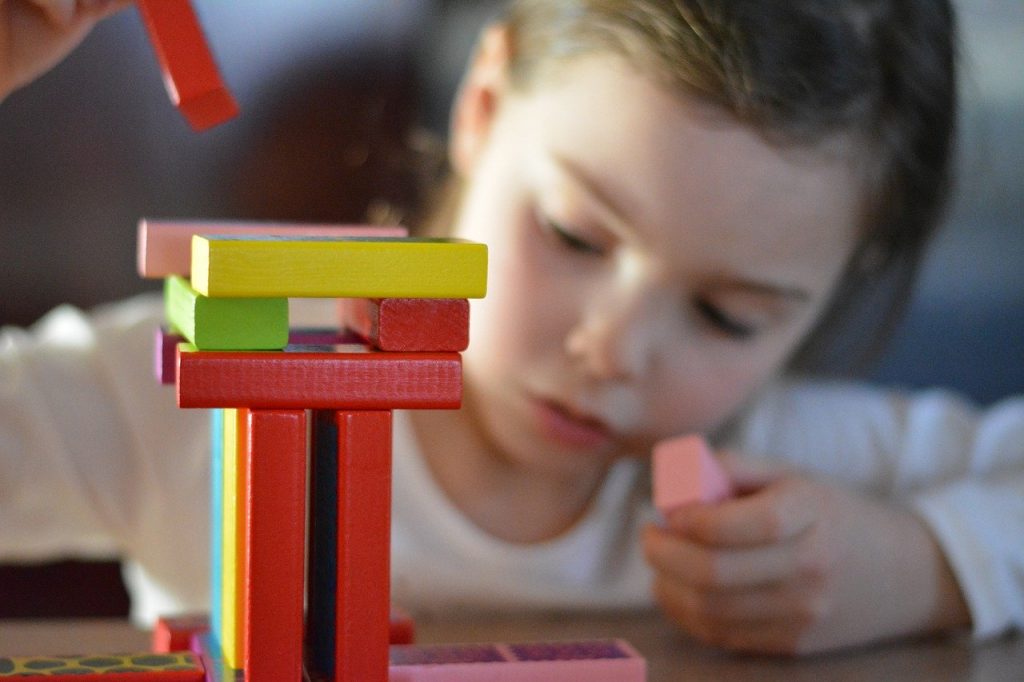
The mother of famous architect Frank Lloyd Wright gave her young son a set of simple wooden building blocks, which she hoped would inspire him to become an architect. Later, Wright’s son, John Lloyd Wright, also became an architect and went on to invent the Lincoln Logs building sets.
Look for low-cost building sets at garage sales and second-hand stores. You can even combine different types of sets for more hours of creative fun!
The 3Dux|Design architecture playset gets kids designing, building and reimagining with simple cardboard pieces and plastic connectors (read my review here).
Construction sets, marble runs, magnetic blocks, and other open-ended toys also can provide social interaction, while also helping children develop a sense of proportion, scale and spatial reasoning – important in developing little architects of your own (see 7. Drawing).
4. Activity Books and Printables
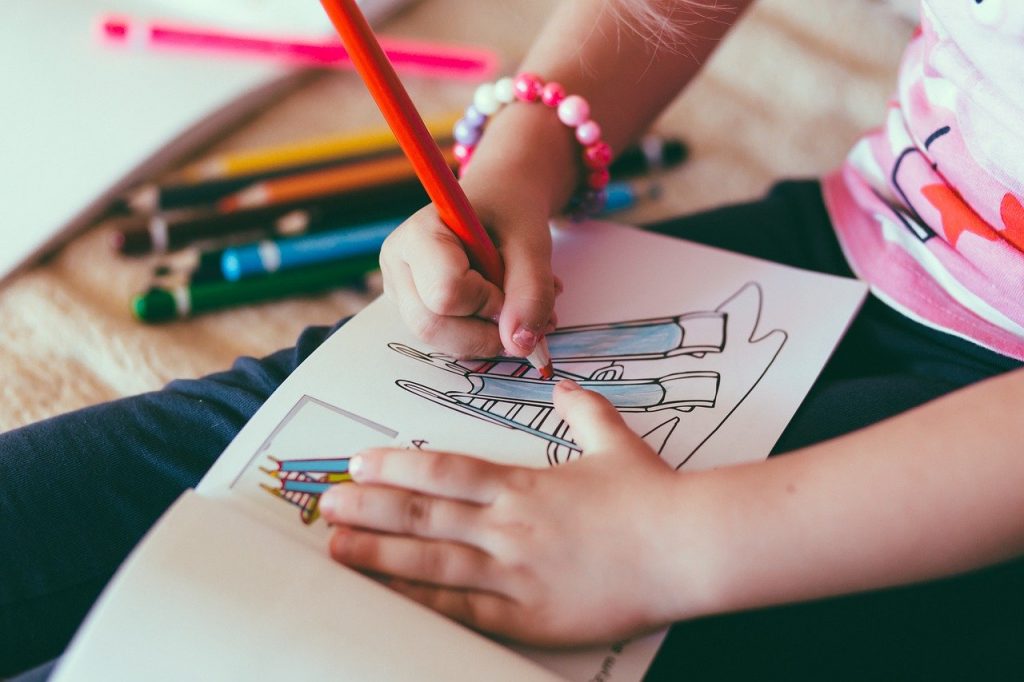
Use these to keep kids entertained while commuting, on road trips, as warm-ups for home schooling, or as summer fun to keep their brains nimble. Activity books are often quite cheap in the checkout line or magazine section at the Dollar Store or Walmart.
In addition to coloring books, kids love dot-to-dot, sudoku, word find, crossword puzzles, matching, and word scrambles. You also can find plenty of low-cost printable activities online, such as these on Etsy.
5. Playing games
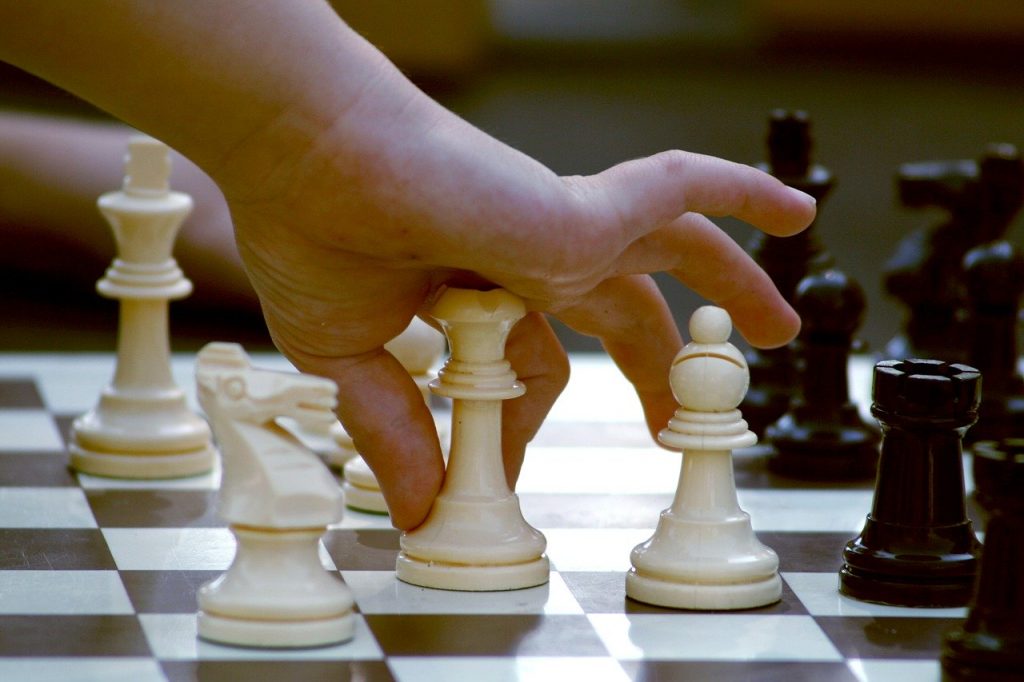
Use fun games to practice math and counting. Games also can help kids learn about money, learn logic, learn strategy, and learn co-operation. And best of all, games can teach kids how to LOSE gracefully and WIN gracefully (social savvy).
Many games and puzzles can be checked out from your local library or bought from a second-hand shop.
Many people still equate card games with gambling – and that is something you should address with your child (see Talking, above). HOWEVER, you don’t need to use a deck of cards to benefit from this learning strategy.
6. Writing
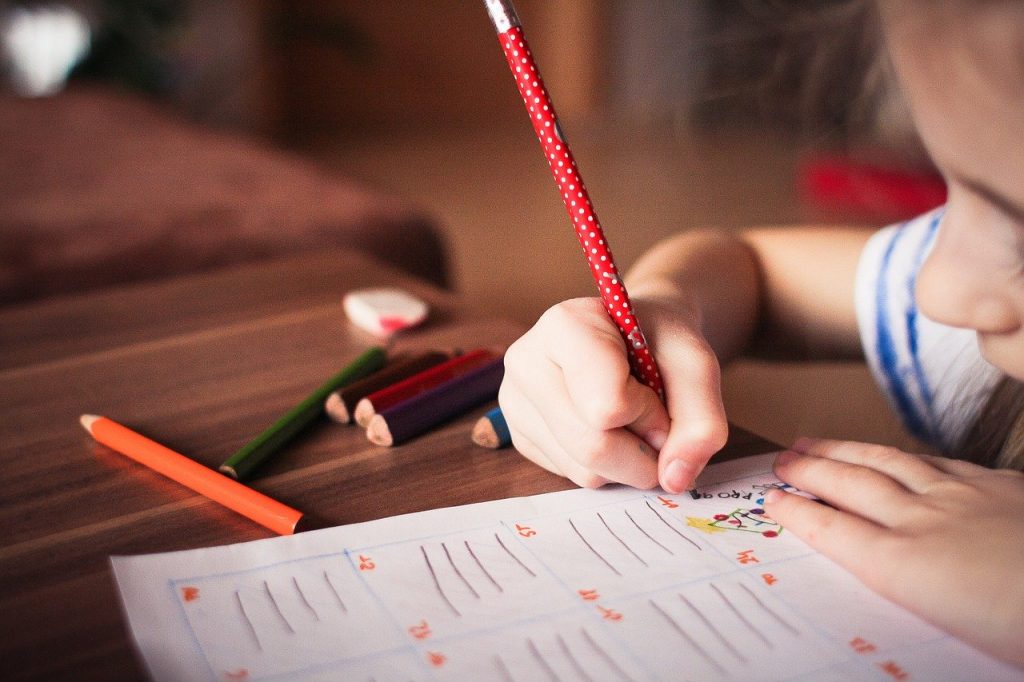
Writing is a simple activity that provides so many benefits to learning, beginning with the skill of handwriting.
One study of five-year-olds showed that drawing alphabet letters activated circuits in the brain that help make reading easier—while typing or tracing those letters did not show the same brain activation.
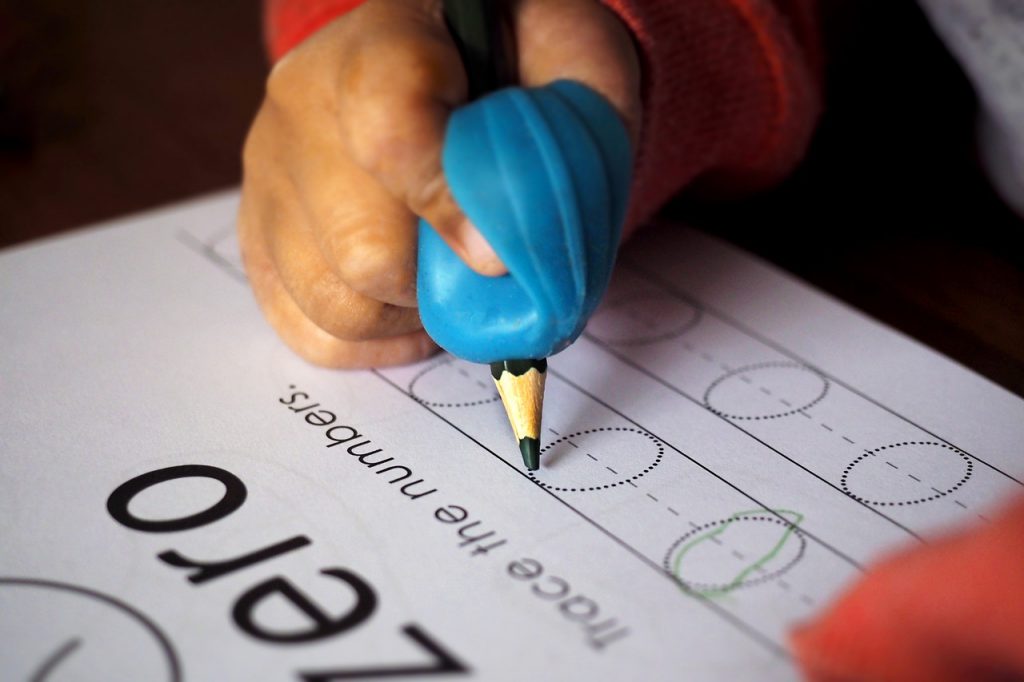
Once your child gains confidence in handwriting, they may enjoy keeping a secret journal, secured with a lock and key.
Older kids may love dot grid journals, filling them with doodle art, inspirational quotes, lists, calendars, etc. All children can benefit from keeping a nature journal, field trip journal, or other notebook to record or sketch observations, ideas, projects, etc.
7. Drawing
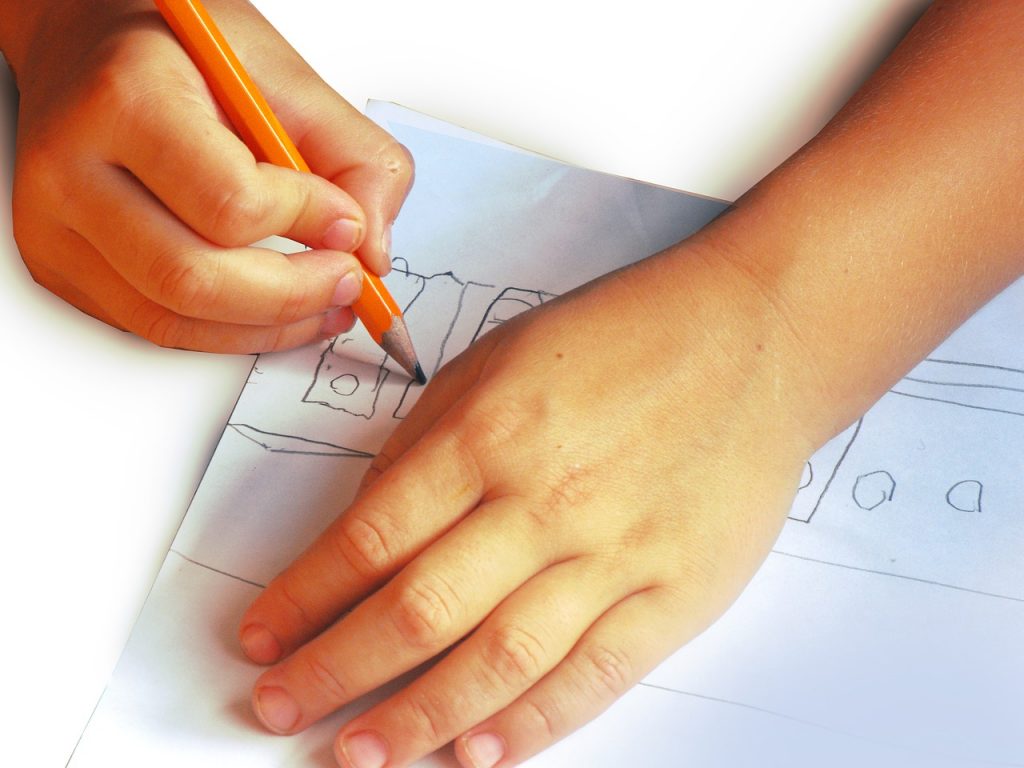
In addition to the benefits of handwriting, another study showed that drawing boosts children’s ability to remember new information.
Drawing also can help children learn to observe the world around them more closely—essential for young scientists. It improves hand-eye coordination and visual-spatial reasoning, which is the ability to imagine objects in 3D.
Read this post to find out more about how learning to draw in 3D can help kids learn to code.
Materials for drawing can be as simple as school pencils and recycled scrap paper. To get started, you can find many downloadable drawing lessons and free art videos for kids online. Then, as your child develops an interest and ability, you may decide to invest in art lessons, materials, and books.
8. Crafting
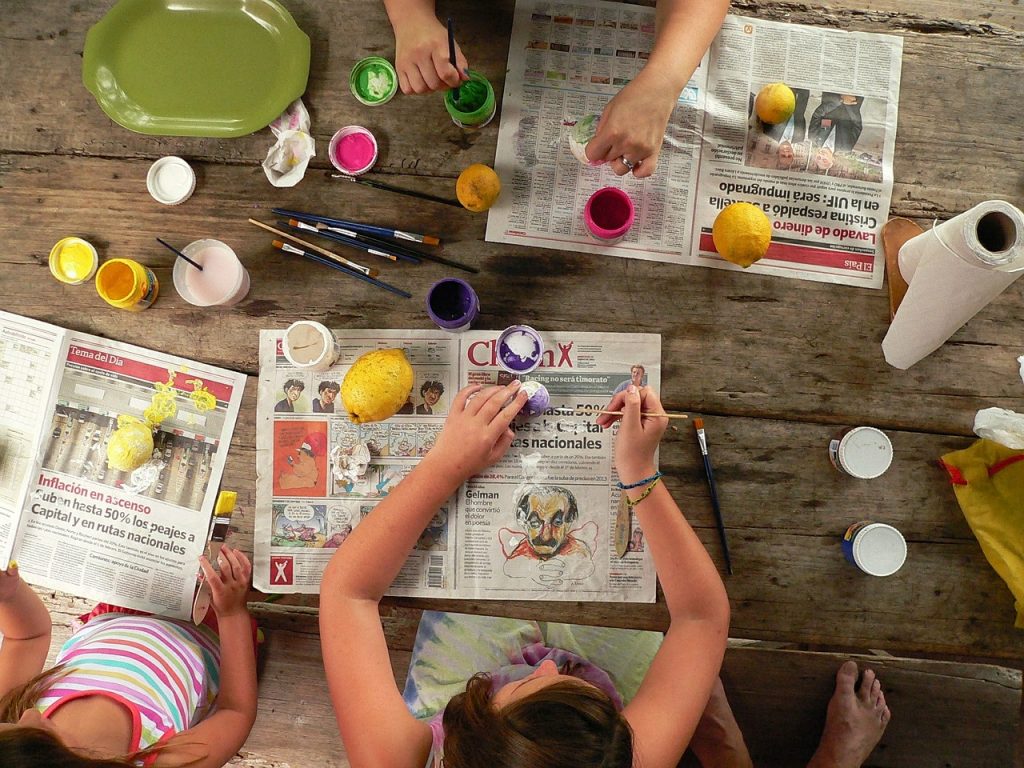
Kids love crafts! Activities like slime making, finger painting, and modelling with clay are great for their sensory learning. They also help with fine motor skills and spatial recognition.
Crafts teach kids how to follow verbal, written, or pictorial directions. They can teach math concepts, such as geometric shapes, measuring, and estimating.
And finally, crafts can help kids develop creativity, build self-confidence, and give them the satisfaction of completing a project.
9. Cooking
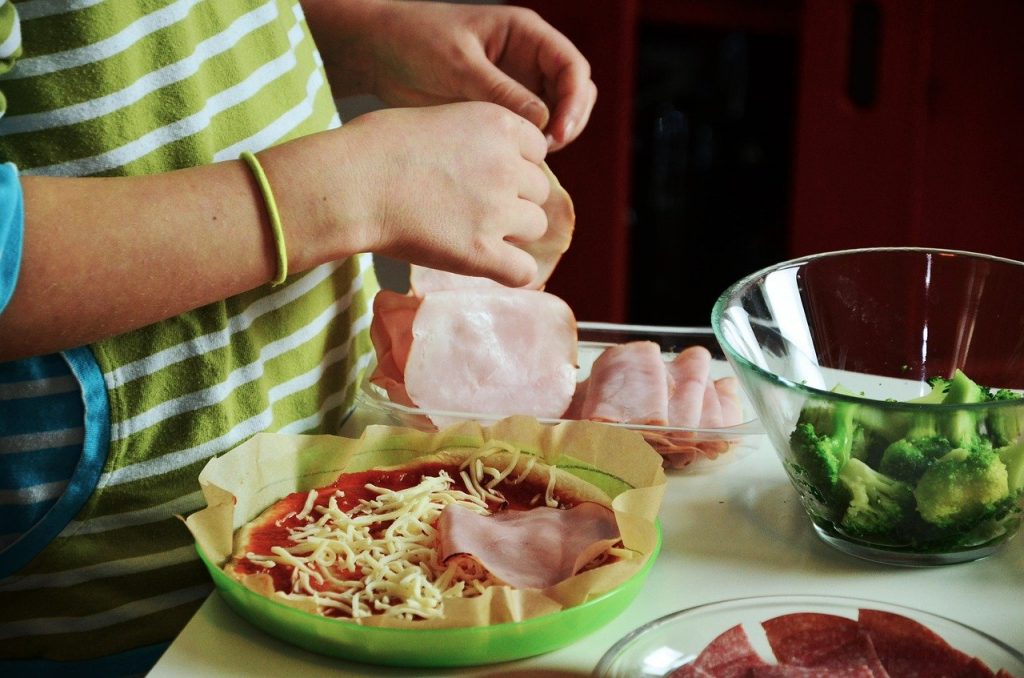
This everyday activity holds enormous potential for boosting your child’s learning. Choosing a menu together, planning a grocery list, shopping, and putting food away, provide ample time for talk.
Fine motor and sensory skills are reinforced with mixing, cutting, chopping, stirring, and more. Add in math, with measurements and conversions, plus, science – nutrition, chemistry, and biology.
Top it off with a dollop of creativity in presenting food items with flair!
10. Taking Field Trips

Field trips can be simple, free, and don’t need too much time or planning. Stop by a historical roadside marker, pile out of the car and read it together. Then sketch a drawing of the scene, or snap a photo to include in a field trip journal.
Museums and State and National Parks are low-cost, relaxing places to visit. Park Visitor’s Centers are filled with learning opportunities, such as maps, exhibits, videos, and tours.
For even more learning, the National Park Service offers a Junior Rangers program, including an interactive online version.
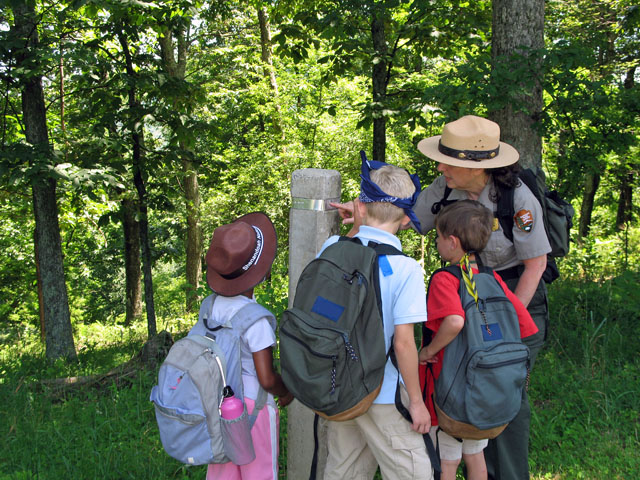
You and your child will absorb information about history, archaeology, ecology, engineering, or science much faster than reading a dry textbook and filling out a worksheet. Instead, have kids keep a record or journal entry of your field trips to help remember what they have learned.
Sometimes the GIFT SHOP is the most fun of all – and a great place find activity books, documentary videos, and educational kits to continue the learning at home.
11. Enjoying Music

Many studies show that listening to the right type of music can help students relax and remember information better.
One study at Boston Children’s Hospital shows that learning to play a musical instrument improves a child’s “executive function.” This important skill helps her solve problems, regulate emotions, and make good choices.
Music is everywhere, so it’s not hard to include music in your everyday life. Many communities provide free concerts at schools, churches and libraries, or outdoors in the summer.
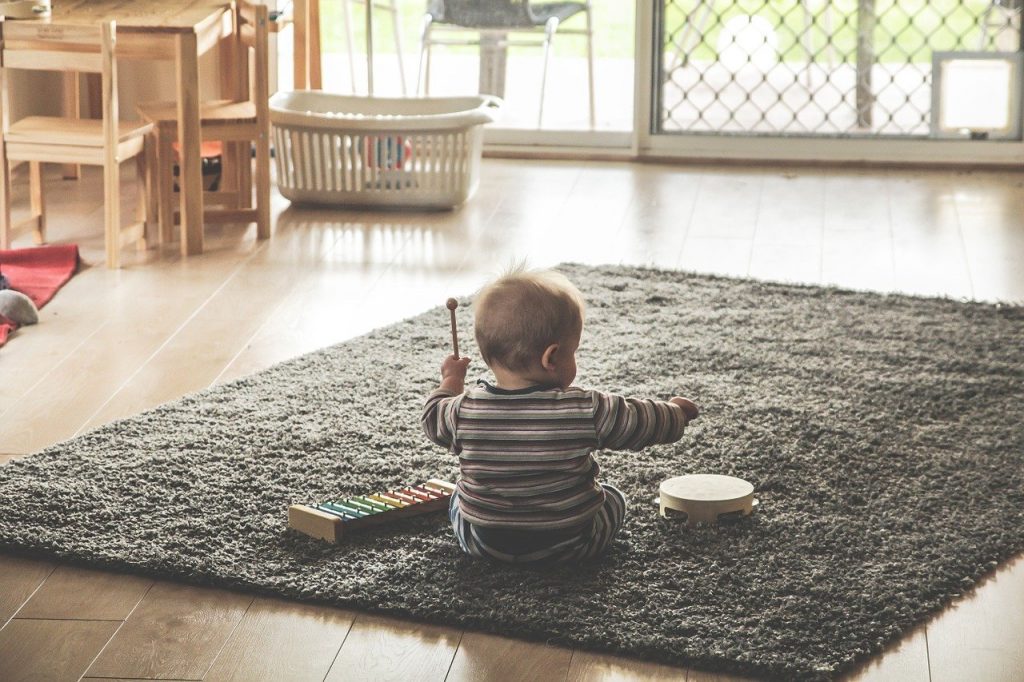
Lessons and instrument rentals are expensive, but young children will enjoy making and playing their own simple instruments. Try keeping time with a fun musical video featuring their favorite animated characters.
Children’s music videos available online teach principles of music, such as rhythm, notes and scales. If you have a tablet, your child can download a piano keyboard, percussion, synthesizer, or other music app to explore writing his own songs!
12. Watching Educational Videos
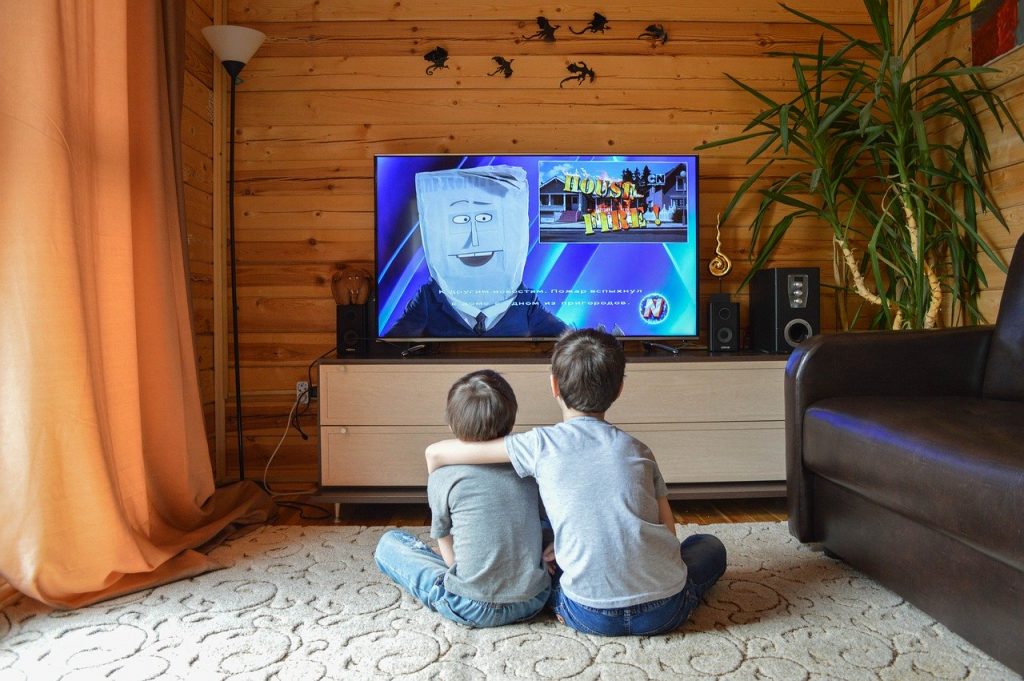
An overwhelming amount of research shows what parents know instinctively – that too much time spent with electronics has negative effects on our children’s brains and behavior. That makes it critical to use precious screen time wisely with videos that teach, not just entertain.
Find topics that your child loves and dig deep into what is available. Documentary shows, such as How It’s Made, can be found on several cable channels or free on YouTube. Curiosity Stream, an all-documentary TV service for kids is available for a low monthly fee.
Don’t forget to check your public library video collection. I found an amazing documentary about Legos in ours.
Parental warning: If you’re unsure of the source, you may need to preview videos that potentially could contain inappropriate or harmful information.
13. Playing Outdoors
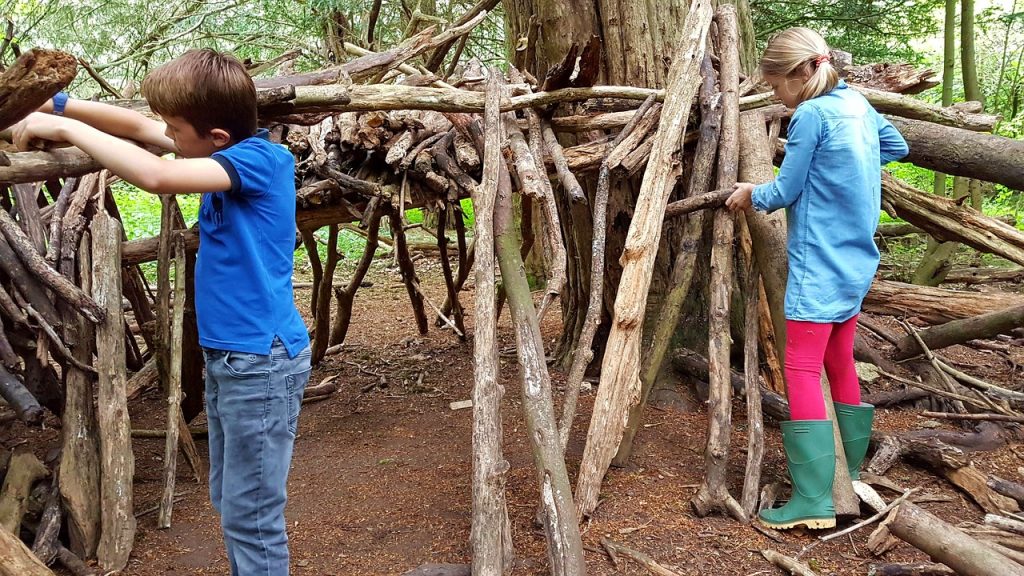
Play is actually one of the best ways to help your child learn better, so be sure to balance your kids’ screen time with plenty of TIME OUTDOORS.
You don’t need scientific studies to know that fresh air and time in nature can heal and restore tired brains and bad moods. Outdoor games like Tag and Red Rover help build muscles, physical coordination – and yes, brain power.
Active play with other children improves social intelligence and provides sensory stimulation that prepares kids’ minds for learning. You may also want to introduce simple outdoor learning activities such as keeping a nature notebook for recording observations about weather or sketching animals, trees and flowers.
14. Gardening
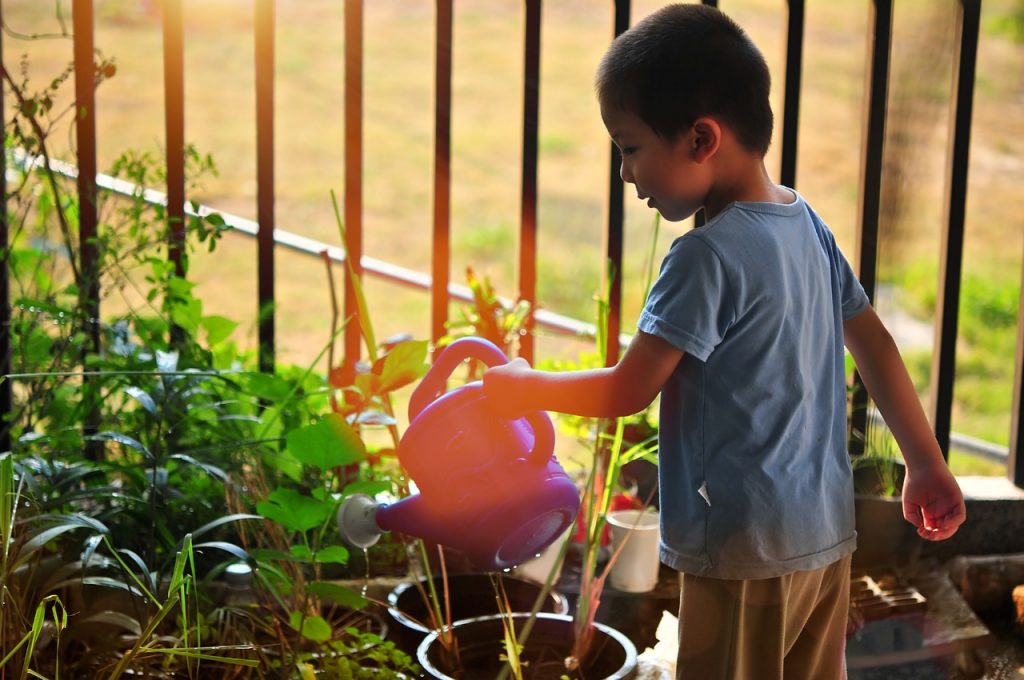
You don’t need a green thumb to enhance your child’s learning with green plants. If you’re not experienced with the cycle of seeding, pruning, fertilizing, watering and harvesting, try learning along with your child.
Even a patio pot growing a single tomato plant can be exciting as day after day your child watches yellow flowers blossom, followed by tiny green globes that grow into bright red, juicy tomatoes. Catching an enormous Tomato Hornworm munching on the leaves would be a plus!
15. Bringing Nature Indoors
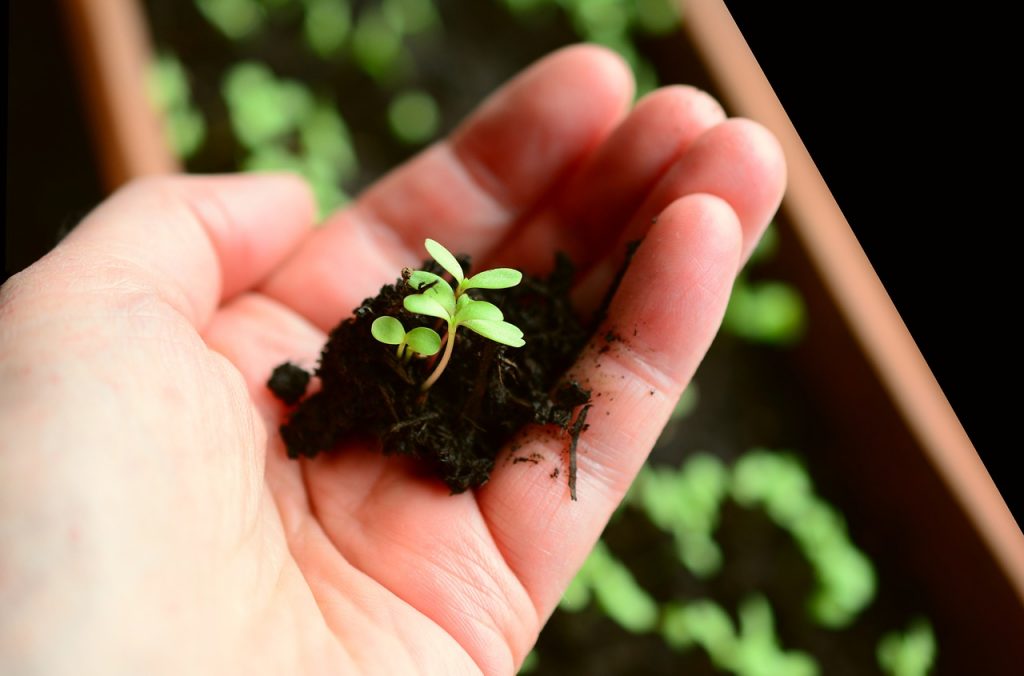
Bring the benefits of nature inside to help your child learn better. Use a nature notebook to sketch and record the growth of a houseplant or a tray of marigold seeds sprouting in the windowsill.
Scoop water from a ditch or puddle into a bucket and pour it into a glass aquarium to observe and record the miniature life within. You may discover wriggling insect larvae, tadpoles, algae, and water plants to illustrate your notebook!
16. Taking Care of Pets
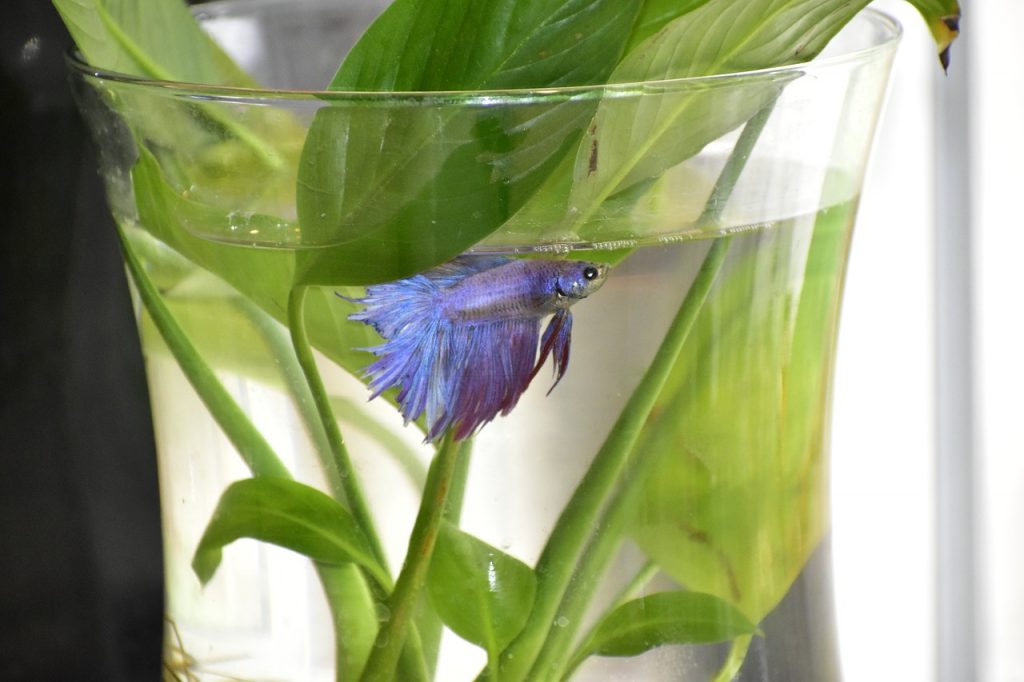
Dogs, cats, gerbils, lizards—pets make wonderful childhood friends, and they can also help your child learn better!
Research shows that pets can help children develop more empathy, build self-esteem and overcome fears. They also help develop responsibility, which can carry over into schoolwork.
A dog can encourage your child to get outside for some healthy exercise, while a cat can snuggle with your child as she reads a book. Even a single brightly colored Betta fish swimming in a bowl can spark a child’s interest in learning about nature.
17. Reading Books Together
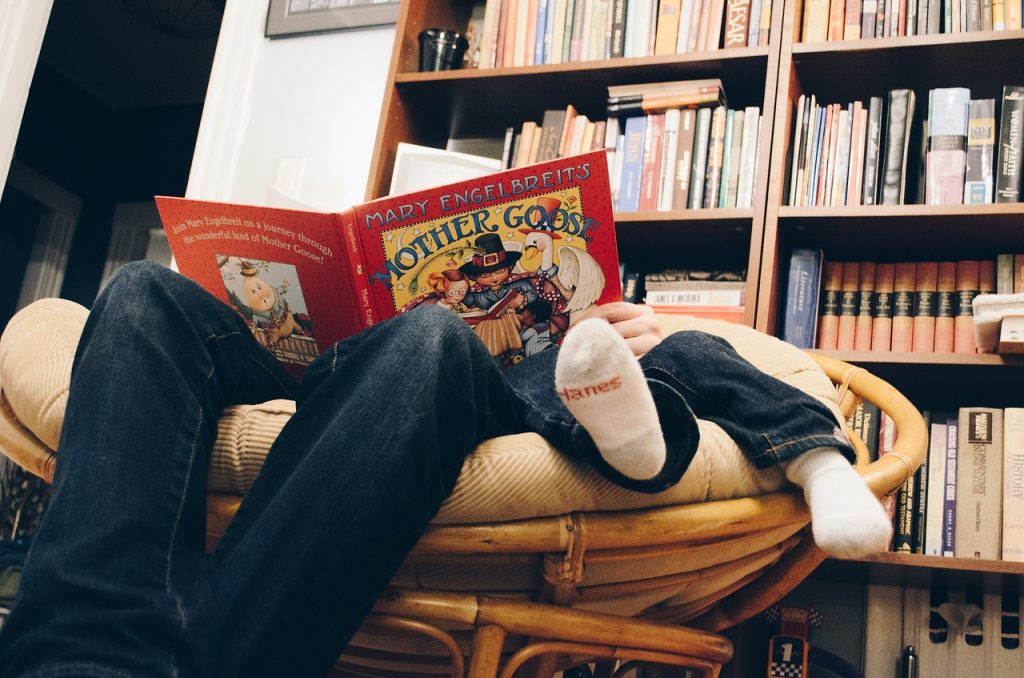
Make time for readalouds with the whole family. Reading to your child is proven to help them succeed in school.
All humans love stories, and children’s book authors know how to harness the power of story to teach new facts and concepts. Reading books can be one of the most important activities to help your child learn better.
Visit your local library to discover some fascinating and funny picture books. Don’t forget to check out the well-written and engaging chapter books and biographies about history and science. For slightly older kids, graphic novels are all the rage.

As you read through the story, take time to stop and ask your child about their favorite character, or what they think will happen next.
Reading together can be a special bonding time between you and your child, while giving him a foundation of literacy that will boost his learning lightyears ahead!
Start today by picking just one or two of these research-based activities. You’ll begin creating a fun and nurturing environment in your home that will make learning easier.
Not only will these simple activities entertain and amuse your child, but in the long run, they will help her learn better by improving her motivation and capacity for learning when it’s time to buckle down to schoolwork.
POSTS YOU MAY ALSO LIKE:
Teach STEM at home the easy way with these NO-PREP printable worksheets and activity books
4 Brain-Boosting Reasons to Teach Kids Engineering Drawing—And Why Coding for Kids is Not Enough
Review and Design Challenge: 3DUX|Design STEAM Activity Play Sets
My Science Draw & Write Journal for Kids: 52 Unique Writing and Drawing Prompts to Help Young Scientists & Engineers Explore the World
Review: All Morphed Up! A Fun and Easy STEAM Activity
Copyright ©2020-2023 Holly B. Martin and STEM-Inspirations.com
[1] Karin H. James and Laura Engelhardt. “The effects of handwriting experience on functional brain development in pre-literate children.” Trends in Neuroscience and Education.
https://doi.org/10.1016/j.tine.2012.08.001, accessed on 04/30/20 in https://www.sciencedirect.com/science/article/pii/S2211949312000038
![17 Simple [Research-Based] Ways to Help your Child Learn Better that Don’t Involve Schoolwork](https://stem-inspirations.com/wp-content/uploads/2020/05/child-2299483_1280-1024x682.jpg)

